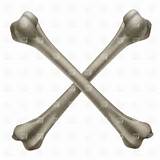We recently had this call from a prospective new patient…


After looking at our online presence via Dex and our website, she decided that we were a good clinic from which to get some chiropractic care. She had also read a sample of the many testimonials given by our patients, knew that we were what she was looking for, and gave us a call. After getting a few of her additional questions answered and being filled in regarding insurance and payment for services, she booked her first visit with us.
During that conversation, she admitted that her husband was discouraging her from seeing us for her care due to the fact that we “work from home”. She related to him all the positive points she had learned about us and dismissed his warning about using a chiropractor that “worked from home”.
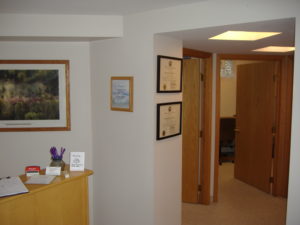
I bring all this up about her husband’s opinion and hesitancy because to us, the chiropractors who “work from home”, we are totally trustworthy and, working from home is not only a huge benefit to us, it’s also beneficial to our patients! Here are the major points:
a. We are able to offer very flexible and extended hours for care to our patients because our “commute” to the office is so short.
b. Our overhead is so low that we have no pressure to either lower our overhead nor increase our profits at our patient’s expense. While most offices are paying $2000 to $4000 per month for office rental space, our office maintenance costs are a small fraction of that. And though we would never consider “hard-selling” anyone, even if we had a larger overhead, we have no need to do that to cover our overhead. Our guiding rule is, “Never treat anyone any differently than we would want to be treated”.
c. We have built the lower, walk-out level of our home into a professional clinic space. It is not doing double-duty as a family rec-room or some other personal space. It feels very professional, and our patients have often commented on it being that way, as well as clean, light, and comfortable to be in.
d. We offer our patients an unprecedented amount of time to address their concerns and treat those areas with skill and thoroughness. Without pressure to be super-efficient, we allow time to address not only areas of prime concern but also secondary, potential contributors to the imbalances which have caused the problem at hand. This offers not only a shorter healing time but also fewer treatments to schedule into your busy life.
e. We prefer and can operate on a low-volume patient flow because it’s better for the patient and better for the doctor. High-volume clinics can often feel like cattle moving through the processing system. It’s stressful for everyone, including the staff, and a patient’s needs are more likely to fall through the cracks than with a smaller patient load. Maximizing profit is likely the overriding goal of a higher volume model.

Levin and Chellen Chiropractic reception desk
There you have it! If you prefer the more businessy model with the corporate look of “success”, that’s fine. If you would please consider our words above, though, you may see that there is some sense in keeping some things simple with a deep value for service first and a mind to provide what truly matters in health care. If you need more convincing, take a look at the testimonials graciously provided by our many highly satisfied patients throughout the 20 plus years of our care for our community: TESTIMONIALS


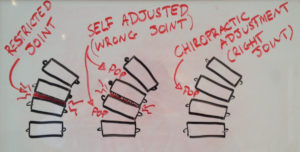
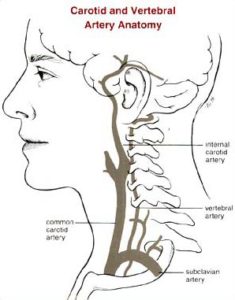
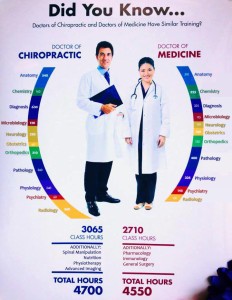
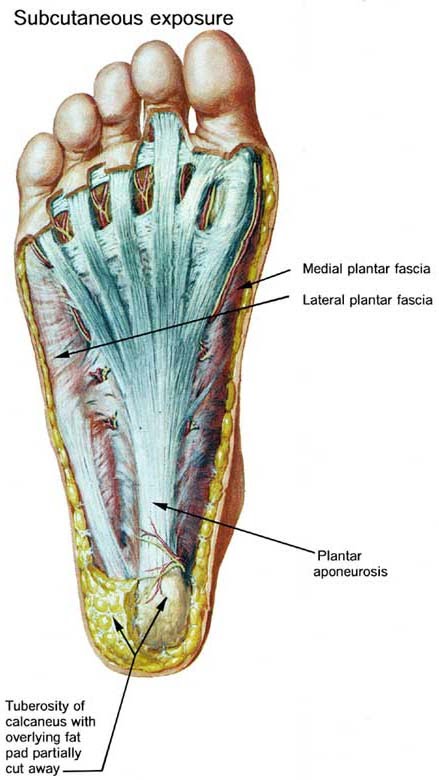



 Live Long and Prosper
Live Long and Prosper